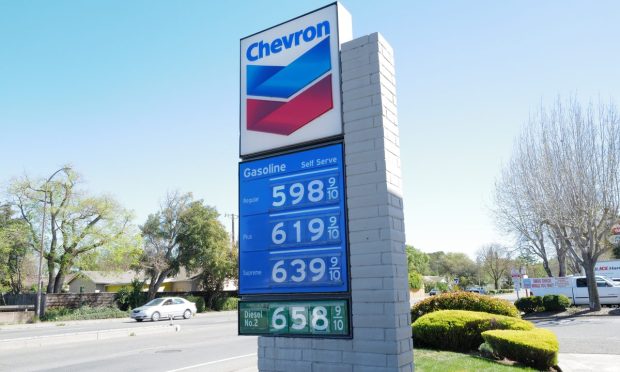eCommerce, Doorstep Delivery Stand to Gain from Pain at Pump

The pain at the pump will be what drives us more fully away from driving to the store.
And more firmly entrenched with the digital habits reinforced by the pandemic.
Namely: Getting things delivered to the doorstep.
It seems those obituaries being written for eCommerce seem to be greatly exaggerated, not to mention premature. We’re seeing a bit of conventional wisdom fly out the door, with the latest Census data this week that showed sales at “non-store” retailers — that would be a proxy for eCommerce — up 9.9% from a year ago, as measured through the past five months.
We point out, too, that these gains come on top of 2021, where eCommerce had already been surging in the wake of various waves of stimulus payments and tax credits.
Drill down a bit, and the 14.3% “contribution” on non-store retail sales to total retail sales adds some additional credence to the sentiment that spending online still has momentum, despite the great reopening.
There’s some reason to believe that even the most recently reported data may be revised upwards. The numbers reported this week advance data and will be revisited by the Bureau.
As Karen Webster noted in this space last month the historical trend of growth in the share had continued and the pandemic had never happened would be about 13.7%, and we contend that the latest information shows a relatively larger share attributed to eCommerce.
Still a Significant Share of Overall Retail Spending
If retail sales growth slows, or if there’s an actual decline, but the percentage of spending done digitally increases, then we’re seeing that spending habit take real root among consumers.
There’s no real reason to think that commerce is an either/or proposition — that you either shop online or you shop in-store.
There’s plenty of room for both. Various PYMNTS data points show that 43% of consumers are using restaurant aggregators for orders, and 33% are going online for travel planning/ Marquee names in commerce such as Amazon and Walmart are busy retooling their middle and last miles to speed up delivery windows and make getting things to the doorstep a more attractive option.
Exogenous factors come to bear on consumers’ mindset and wallet share as they mull ways to cut costs. Staying put and having the goods and merchants come to you may seem a more enticing option — and it avoids the pain of having to go out and get to the store only to find that what’s been desired is out of stock. The fact that, depending on where you look, the digital transformation is at bout 27% of its potential shows some real upside for eCommerce.
In the near term, as supply chains remain snarled and as gas prices hit us hard, more consumers may opt to stay in and click the buy button.
